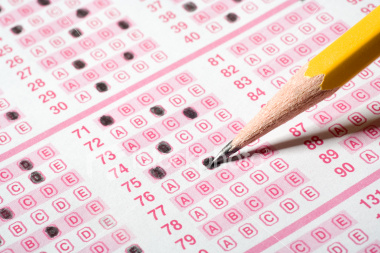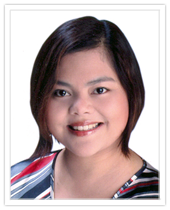Perspective
A common misconception among educators is that the role of providing feedback belongs exclusively to teachers. A simple shift in perspective which provides students with opportunities to monitor their own progress and reflect on their own learning empowers students and motivates them to learn. Marzano (2006) posits that there are three assessment techniques that encourage learning: 1) students tracking their own progress, 2) encouraging self-reflection and 3) focusing on learning at the end of the grading period.
The first two assessment techniques allow students to engage in self-assessment. In the first instance, the author suggests the use of an individual line graph (for each student) which provides students with a visual representation of their progress during the grading period. It also provides them with a means to create their own learning goals and to determine their own meaning of success in terms of their own learning versus their rank in comparison to other members of the class.
In the second instance, a teacher can provide students with a simplified scoring scale whereby they score themselves on a scale of 0 to 4 (4 being he highest and 0 being the lowest) on each topic taken up during the grading period. Other means to encourage self-reflection is through the use of the "minute paper" and the "diagnostic learning log" introduced by K. Patricia Cross (1988). The minute paper requires students to answer the following questions briefly towards the end of class:
1) "What is the most important thing you learned in class today?" and
2) "What is the main unanswered question you leave class with today?"
(p. 6)
In the diagnostic learning log, students are asked to respond to the following questions:
"1. Briefly describe the assignment you just completed. What do you think was the purpose of this assignment?
2. Give an example of one or two of your most successful responses. Explain what you did that made them successful.
3. Provide an example of where you made an error or where your responses were less complete? Why were these items incorrect or less successful?
4. What can you do different when preparing next week’s assignment?" (p. 9)
After finishing this module, I realized that at our school, students are provided with many opportunities to practice self-assessment inside the classroom and outside the classroom on their own. With the introduction of Learning Management systems such as Schoology and Edmodo by our Computer Department, students can log-on in class or at home to see their grades online in real-time. They can leave notes and comments on each topic which they can come back to later to remind them of areas or topics where they need to improve or to do further research or study. Because feedback is instantaneous, they can set their own learning goals and define their own success without the pressure of comparing their progress to that of their classmates.
References:
Marzano, R. (2006) Classroom assessment & grading that work. Alexandria, VA: ASCD
Cross, K. P. (1998) Classroom research: Implementing the scholarship of teaching. In T. Angelo (Ed.), Classroom assessment and research: An update on uses, approaches and research findings (pp. 5-12). San Francisco, CA: Jossey-Bass
The first two assessment techniques allow students to engage in self-assessment. In the first instance, the author suggests the use of an individual line graph (for each student) which provides students with a visual representation of their progress during the grading period. It also provides them with a means to create their own learning goals and to determine their own meaning of success in terms of their own learning versus their rank in comparison to other members of the class.
In the second instance, a teacher can provide students with a simplified scoring scale whereby they score themselves on a scale of 0 to 4 (4 being he highest and 0 being the lowest) on each topic taken up during the grading period. Other means to encourage self-reflection is through the use of the "minute paper" and the "diagnostic learning log" introduced by K. Patricia Cross (1988). The minute paper requires students to answer the following questions briefly towards the end of class:
1) "What is the most important thing you learned in class today?" and
2) "What is the main unanswered question you leave class with today?"
(p. 6)
In the diagnostic learning log, students are asked to respond to the following questions:
"1. Briefly describe the assignment you just completed. What do you think was the purpose of this assignment?
2. Give an example of one or two of your most successful responses. Explain what you did that made them successful.
3. Provide an example of where you made an error or where your responses were less complete? Why were these items incorrect or less successful?
4. What can you do different when preparing next week’s assignment?" (p. 9)
After finishing this module, I realized that at our school, students are provided with many opportunities to practice self-assessment inside the classroom and outside the classroom on their own. With the introduction of Learning Management systems such as Schoology and Edmodo by our Computer Department, students can log-on in class or at home to see their grades online in real-time. They can leave notes and comments on each topic which they can come back to later to remind them of areas or topics where they need to improve or to do further research or study. Because feedback is instantaneous, they can set their own learning goals and define their own success without the pressure of comparing their progress to that of their classmates.
References:
Marzano, R. (2006) Classroom assessment & grading that work. Alexandria, VA: ASCD
Cross, K. P. (1998) Classroom research: Implementing the scholarship of teaching. In T. Angelo (Ed.), Classroom assessment and research: An update on uses, approaches and research findings (pp. 5-12). San Francisco, CA: Jossey-Bass






 RSS Feed
RSS Feed